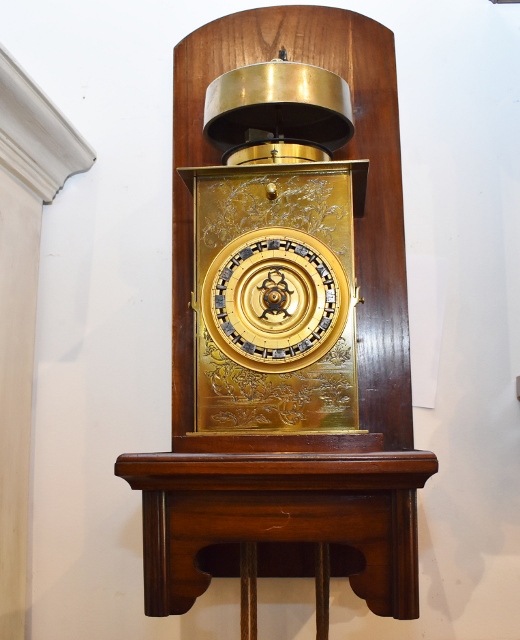For centuries, mankind has been fascinated by time. We’ve carved it into stone, waxed poetic about its relentless march, and constructed elaborate devices to measure and monitor its passage. Among these, antique clocks have an enduring allure that captivates both collectors and casual observers. With their intricate designs and rich histories, they are timeless storytellers, chronicles of craftsmanship from an era when every second was an achievement.
As specialists in antique clocks and barometers, we journey through time and across continents to curate an exclusive collection that celebrates the unique horological traditions from around the world.
Europe: Precision and Refinement
European clockmaking is steeped in a rich history, with countries such as England, France, and Germany standing out as pioneers of horological innovation.

The longcase, or ‘grandfather’ clocks of England, are a timeless symbol of British craftsmanship. Originating in the late 17th century, these floor-standing timepieces, with their majestic wooden cases and melodious chimes, embody a quiet dignity and precision that is quintessentially British.
The beauty of French antique clocks lies in their elegance and aesthetic appeal. Take for instance, the iconic French Comtoise clocks. Born in the Franche-Comté region in the late 17th century, these wall clocks were designed to be both functional and decorative, with elaborate, pendulum-driven mechanisms enclosed in brightly painted or intricately designed cases.
From Germany comes the renowned Black Forest cuckoo clock. The heart of these charming timepieces lies in their ‘cuckoo’ call, a product of ingenious mechanical work. Crafted in various styles since the mid-18th century, they’re a playful yet sophisticated testament to Germany’s contribution to horological history.
Asia: Exquisite Craftsmanship and Symbolism
In the East, the tradition of clockmaking took a unique path, often intertwined with symbolism and spirituality. Chinese bracket clocks, or “mantel” clocks, date back to the early Qing Dynasty. These clocks feature elaborate carvings and are often decorated with cultural symbols like dragons and phoenixes, believed to bring luck and prosperity.

Japan’s horological tradition centers around unique table clocks known as “Wadokei.” During the Edo period, Japan followed a temporal hour system, where the length of an hour changed with the seasons. Wadokei, with their innovative mechanism, were designed to reflect this unique concept of time, making them not only timepieces, but also reminders of the inseparability of human life from nature’s rhythms.
America: Industrialization and Innovation
In the New World, clockmaking was influenced by the spirit of industrialization and self-reliance. American clocks from the 18th and 19th centuries, such as those by renowned makers like Seth Thomas and Ansonia, embody this ethos. These clocks, whether they are wall, mantle, or longcase styles, reflect the perfect blend of function and form, featuring sturdy, reliable mechanisms housed within beautifully crafted wood or brass cases.
The advent of the American shelf clock, or ‘steeple’ clock, marked a significant departure from traditional European designs. Made with interchangeable parts and easy to repair, these timepieces are not just a testament to the genius of American innovation, but also a reflection of the democratic values of accessibility and practicality.
Every antique clock has a story to tell, a glimpse into the era it came from, the people who crafted it, and the ones who used it. At our company, we honor these stories, curating and preserving these historical artifacts not just as instruments of time, but as masterpieces of human ingenuity and art. When you invest in an antique clock, you’re not just buying a timepiece—you’re acquiring a piece of world history. Let the silent tick-tock transport you to a different time, a different place, a different world.
